How can I simulate an 8 led with timer and ic?
I have tried simulating it like this but still it’s not working, it blinks for less than a second and then it turns off
I want it to work like First all LED ON, then only 7 LEDs ON, then only 6 LEDs ON, then only 5 LEDs will be ON... and so on.
